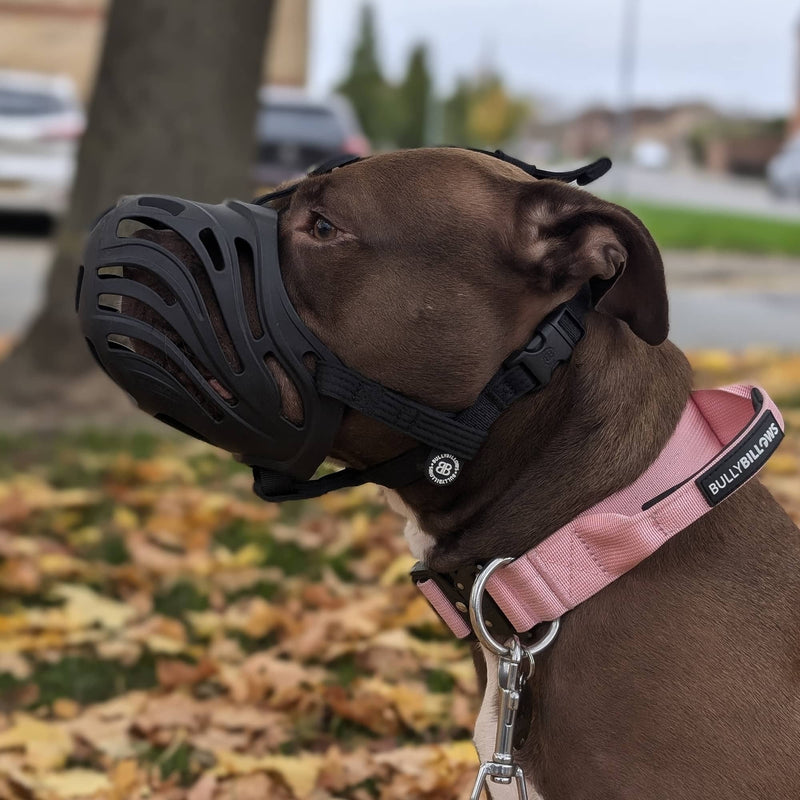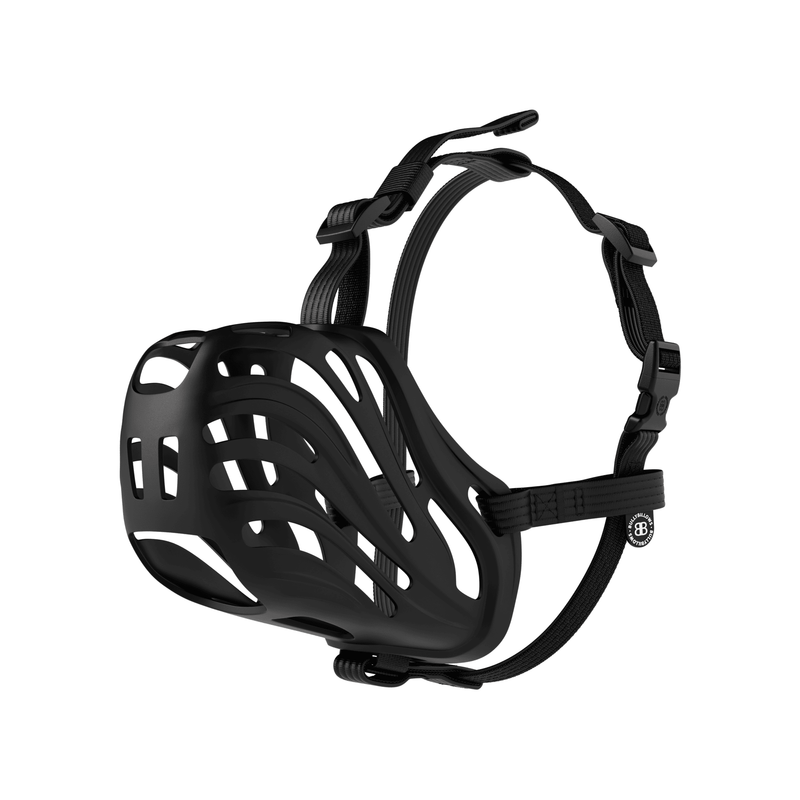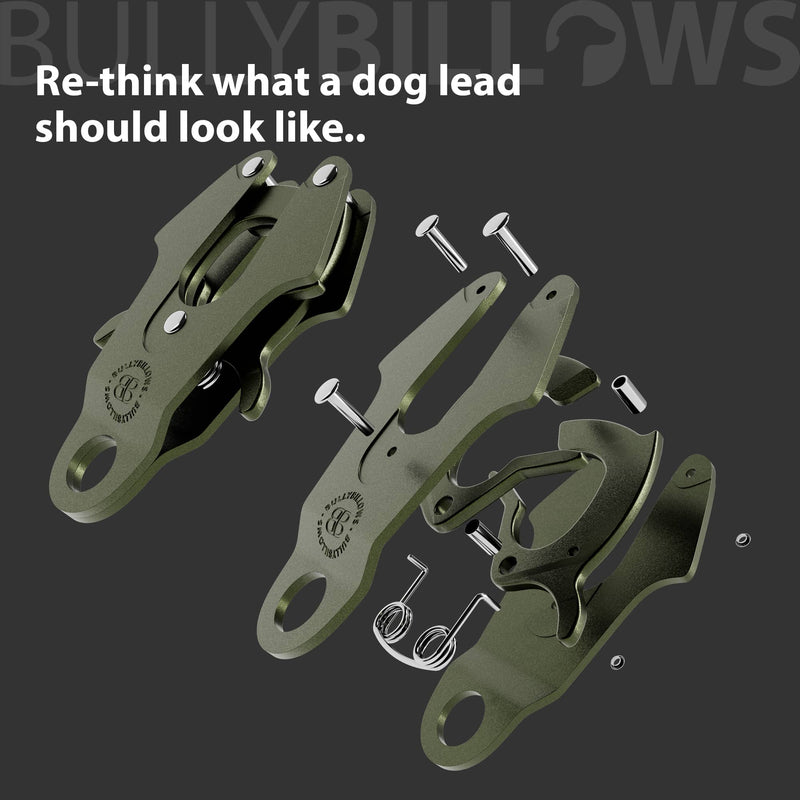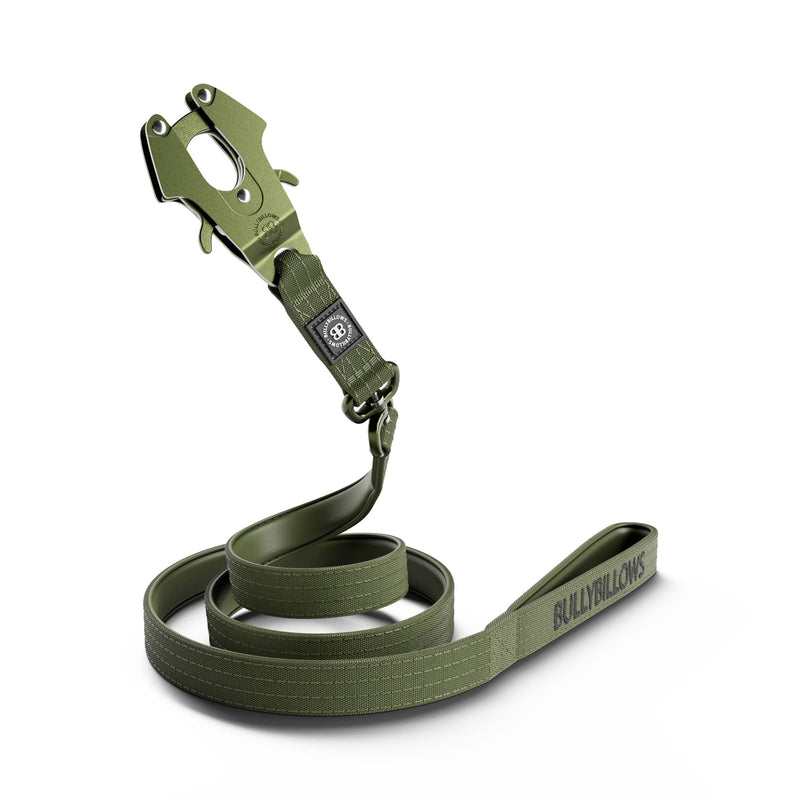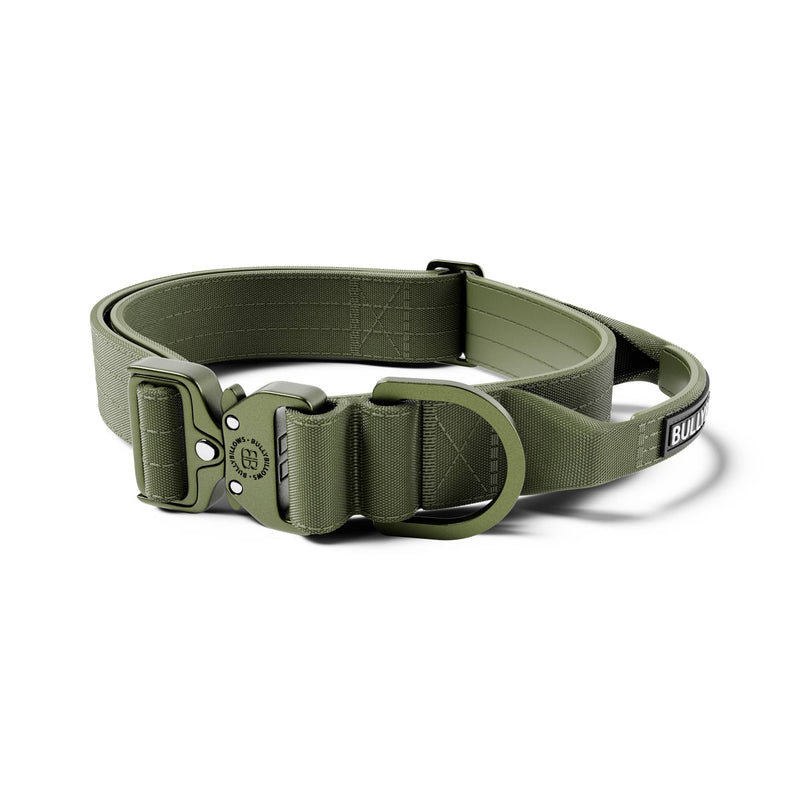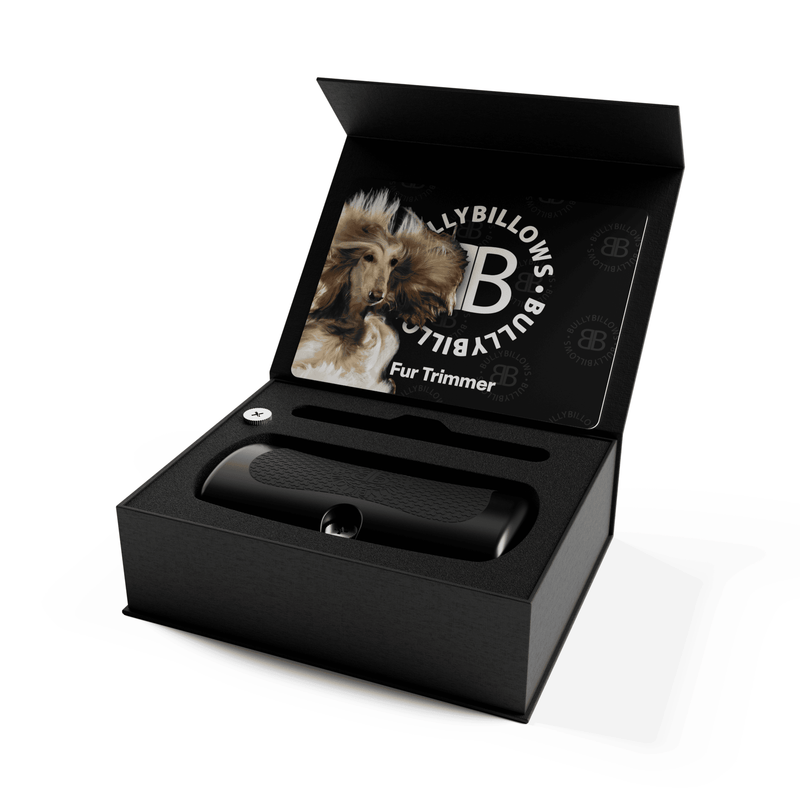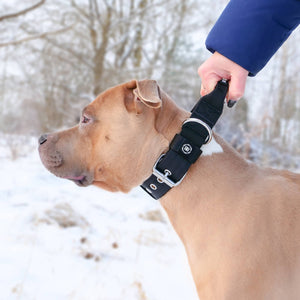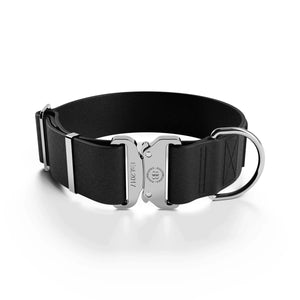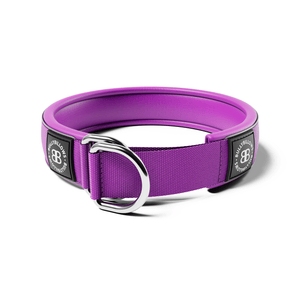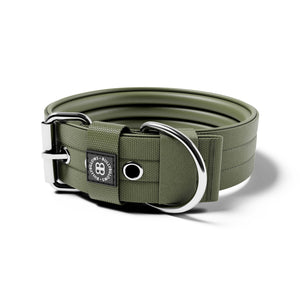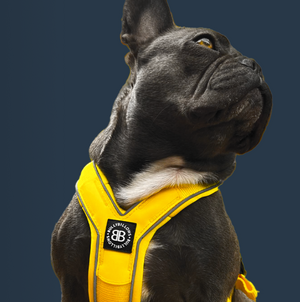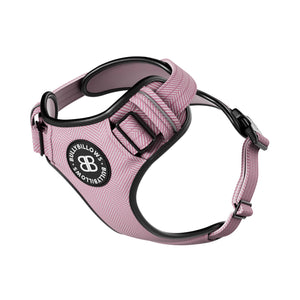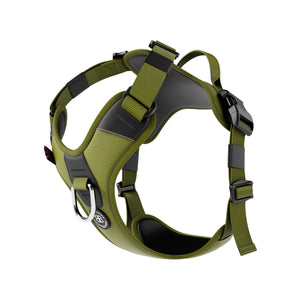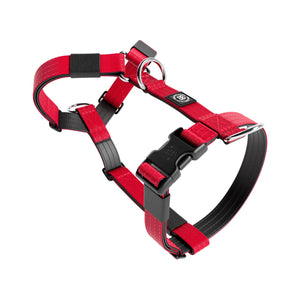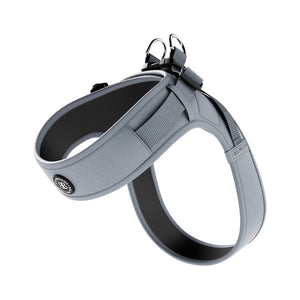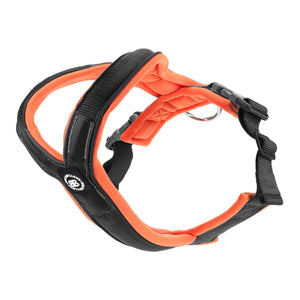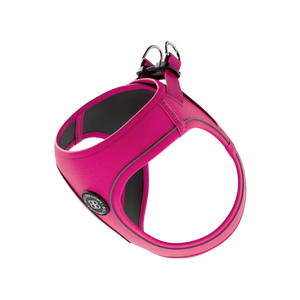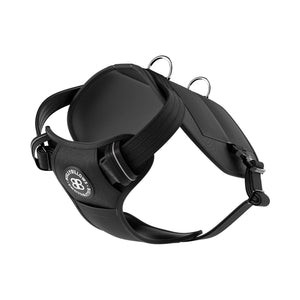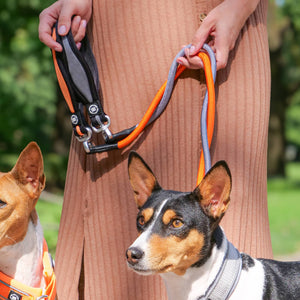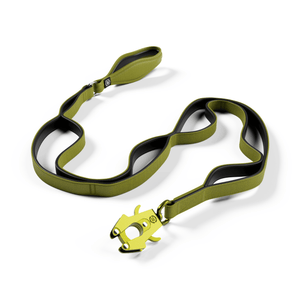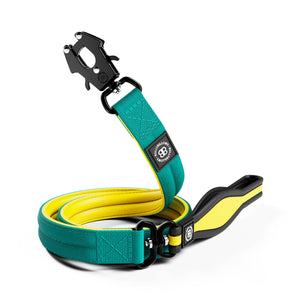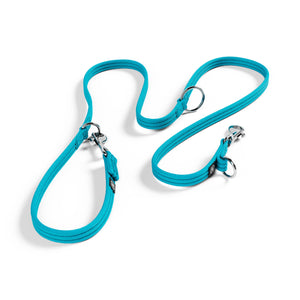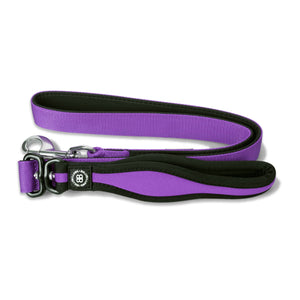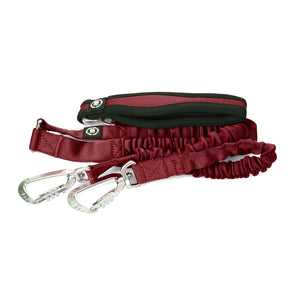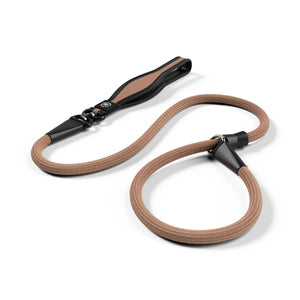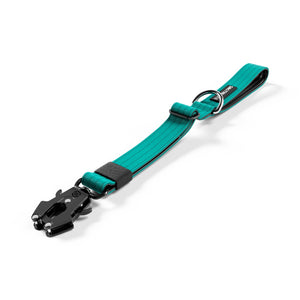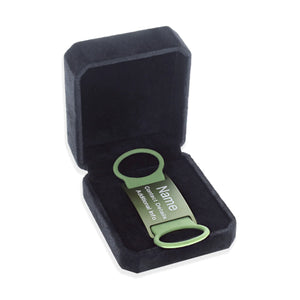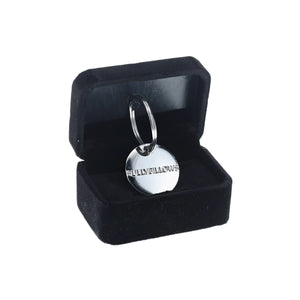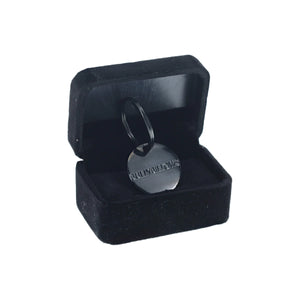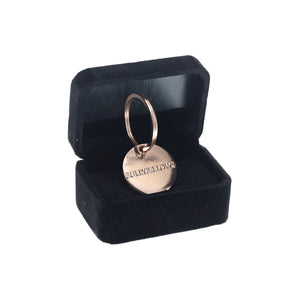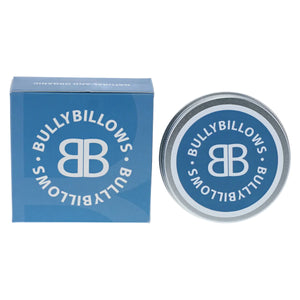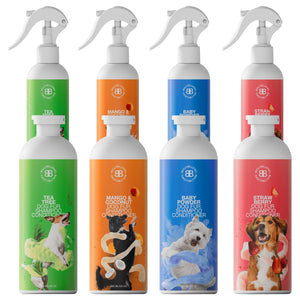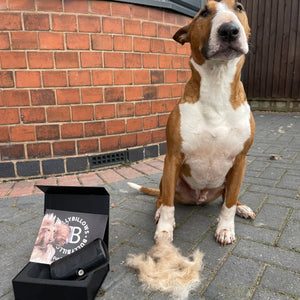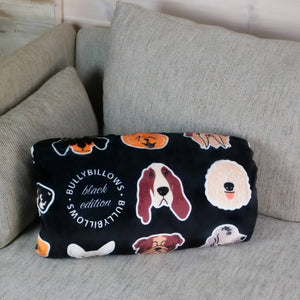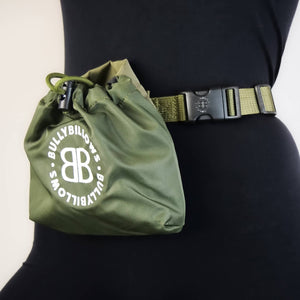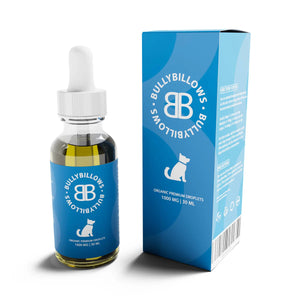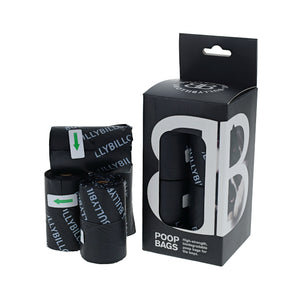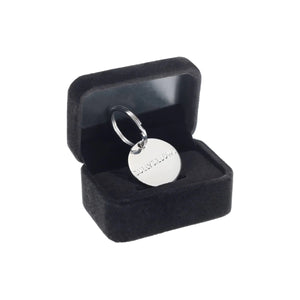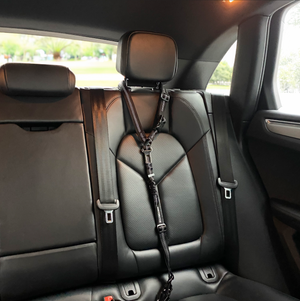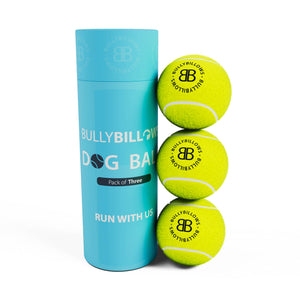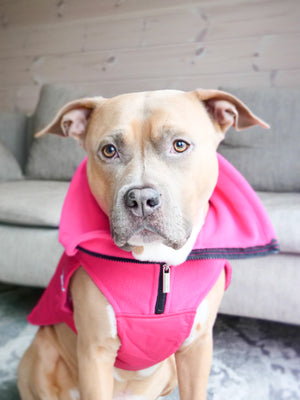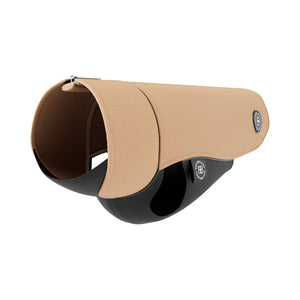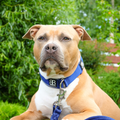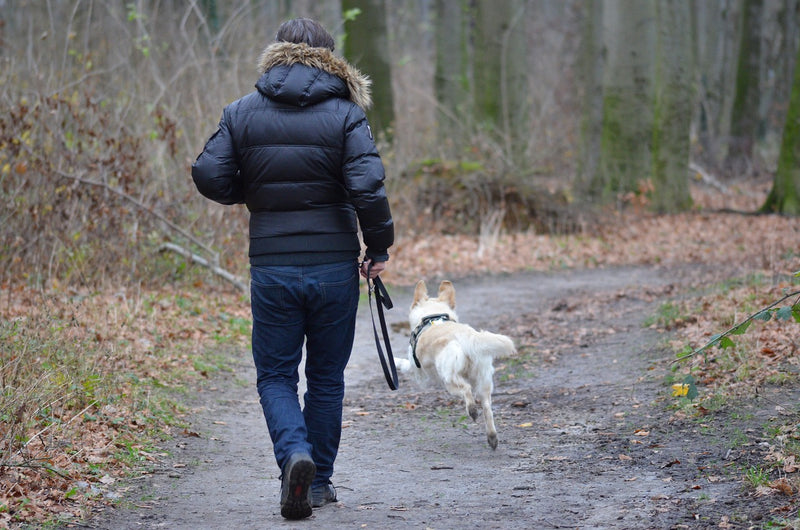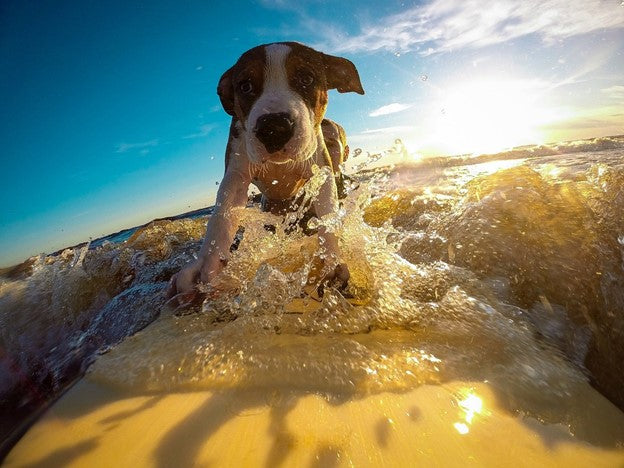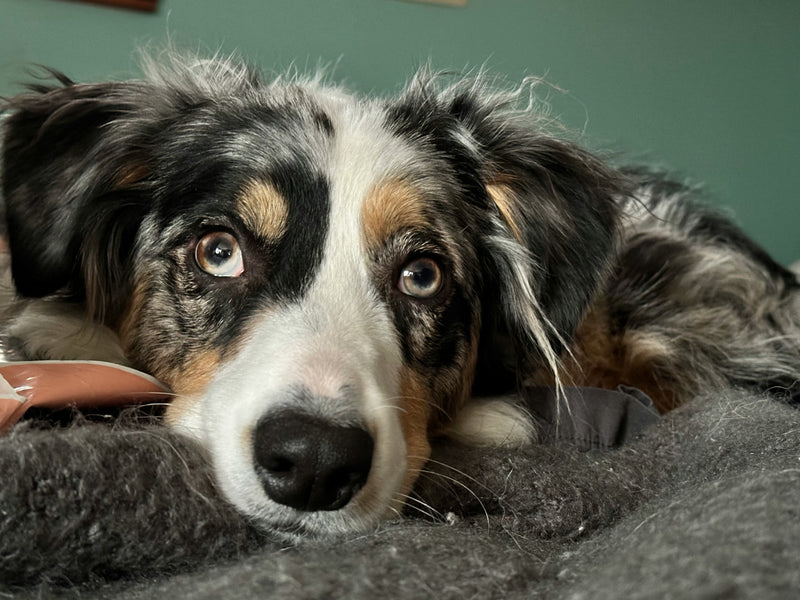Who said walking dogs was easy? For your dog, it's a pleasure and very likely something they yearn for before the day ends. Walking your dog every day reduces their chances of obesity, lethargy and weakened muscles.
Depending on the breed of your dog, their walking needs will vary. However, it is a standard rule that a dog should be walked every day.
Now, your walk doesn’t have to be chaotic, but it can sometimes be hard to control your dog, especially if they are reactive. This is why we have put together these five tips for easy and stress-free dog walks. Even with a reactive pup!
Benefits of dog walking
Before we dive into our tips, let’s really iron out exactly why you should be walking your dog every day, rain or shine.
Benefits for the pup
- Supports emotional balance.
- Installs a sense of routine.
- Provides an opportunity to socialise.
- Promotes mental stimulation.
- Helps dogs sleep better at night.
- Regulates their digestive systems.
Benefits for dog owners
- A great training opportunity.
- Helps maintain a healthy weight.
- Supports dog and owner bond.
- Encourage social interaction.
Understanding your dog's needs on a dog walk
Before choosing the best walking route for you and your dog, you need to decipher exactly what kind of dog walk your pooch needs. There are a few factors that come into play when making this decision. Ask yourself:
What breed is my dog? The breed of your dog will indicate the length of time you will need to be out walking your dog for.
What is the age of my dog? The age will also have an impact on how long you should walk for, and the intensity of the walk.
Is your dog prone to joint problems? If your pup's breed is known for joint issues, such as easily slipped discs etc, you may want to consider a less intensive walk, while still walking for the correct amount of time.
Walking a reactive dog
One of the most important pieces of advice you can give if your dog is reactive is that you must remain calm on your dog walks. If you become stressed, your dog will be able to sense this and will react accordingly.
Secondly, we must stress the importance of helping your dog avoid triggering situations. For example, passing a larger dog. Or, passing playing children. Children and other dogs are very common triggers for reactive dogs. To do so, the best way to avoid a trigger is to try and obstruct the trigger from your dog's view. Now, this may seem a little difficult and it will definitely depend on location.
Some situations will be easier to avoid than others. For example, sometimes something as simple as crossing the road when another dog is approaching can help.
Walking a dog with treats
For a stress-free walk, have some treats for your pup. The charm can be something to eat or a toy the dog loves. Dogs love rewards but only give them when they have done a great job during the walk.
So, check your furry friend's behaviour when walking. Reward them for not barking at other dogs, responding to greetings politely, or having a good recall.
If your dog behaves in a manner you like, reward them. This helps reinforce the behaviour, so it learns there is something for it when it stays calm and behaves well, your walks will also be more manageable.
Opt for treats that are small and easy to eat on the go. Training treats are the best option here.
Avoiding your dog pulling on a walk
It’s a problem we see across the board – dogs walking their owners. You are the master, not your pup.
if your dog is guilty of pulling during a walk, it can be quite overwhelming. You can avoid this by using a no-pull harness that ideally reduces the pressure on the dog's neck. The dog will feel comfortable and not pull as you walk.
Shop Anti-Pull Dog Harnesses.
Alongside using an anti-pull harness, learn the no-pull technique when walking on a lead. When your dog starts to pull in a direction different from where you are heading, walk off in another direction without releasing the lead. For the best results, we recommend using a dog training lead for this.

Shop Dog Training Leads.
Walking a dog requires the correct walking gear
You don't just go for a walk with your dog unprepared; it will simply cause unnecessary stress!
Having the correct walking gear will come in handy and give you a seamless time on your little adventure.
The first tool that you should never leave behind is a lead. Make sure you have the softest and anti-tangle slip lead for a leisurely walk time. A good lead also does not move once in place, so you give you greater control over your pup.
Further, you can put a harness on your furry friend for the walk. Make sure that it’s super comfortable and allows the dog to make any movements. For easy handling of your pooch, it has a grab handle to gain control of the dog in case of emergencies.

Shop Dog Leads and Dog Harnesses.
Get the best dog-walking accessories with BullyBillows
With the correct gear in tow, we hope you're eager to go for walks with your dog, even if they can be somewhat reactive. Or, you find walking your pup stressful - we hope this blog has been helpful.
The best part? It's now effortless to purchase all of your necessities in a single shop.
Our whole collection of premium leads, collars, and other dog walking accessories, like treat bags and comfortable safety muzzles are available for you to browse before you leave.

Shop Dog Walking Bag.
Your four-legged buddy will appreciate it!
Looking for more? Explore our related articles: Dog & Puppy Dental Care Guide | Dog Grooming and Care Guide | Dog Walking Must-Haves
